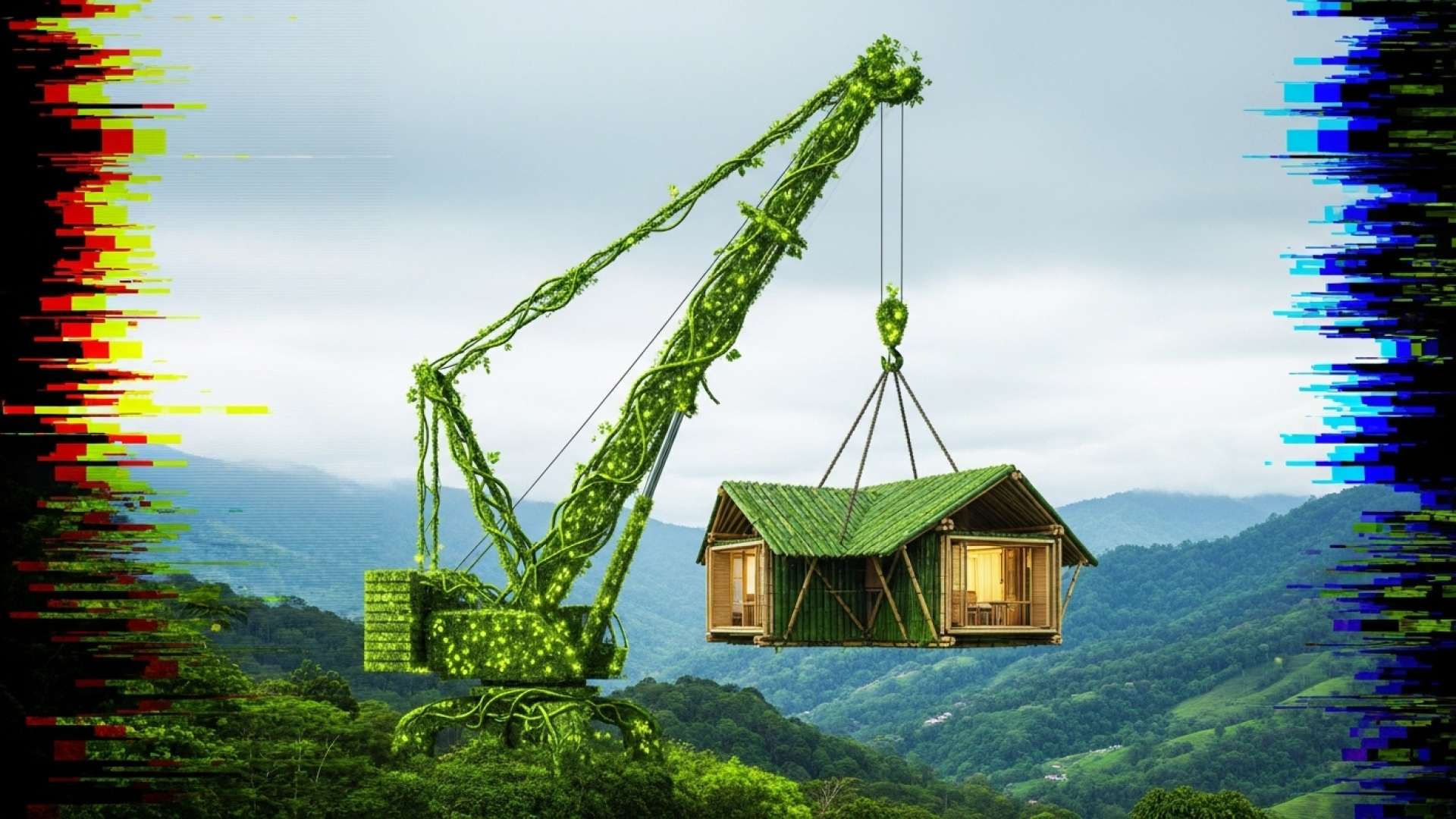San José, Costa Rica — Costa Rica’s construction sector experienced a slight uptick in activity during the first six months of 2025, according to preliminary data from the National Institute of Statistics and Census (INEC). While the number of construction projects rose marginally, the overall construction area saw a slight decline, painting a nuanced picture of the industry’s current state.
A total of 21,006 construction projects were registered in the first half of the year, representing a 0.6% increase compared to the same period in 2024. This modest growth was largely driven by new construction projects, which accounted for approximately 83.6% of all projects and saw a 2.5% year-on-year increase.
To gain deeper insights into the legal landscape of Costa Rican construction, TicosLand.com spoke with Lic. Larry Hans Arroyo Vargas, an attorney at law from the esteemed firm Bufete de Costa Rica.
Navigating the permitting process for construction projects in Costa Rica requires meticulous attention to detail. While streamlined processes are being implemented, developers must remain diligent in understanding zoning regulations, environmental impact assessments, and municipal requirements, which can vary significantly by location. A proactive approach, including early consultations with legal counsel specializing in construction law, is crucial for avoiding delays and ensuring compliance.
Lic. Larry Hans Arroyo Vargas, Attorney at Law, Bufete de Costa Rica
Cargando...
Lic. Arroyo Vargas’s emphasis on proactive legal counsel and meticulous attention to detail resonates deeply with the realities of Costa Rican construction. Understanding the nuances of local regulations is paramount for successful project completion, and his advice offers invaluable guidance for navigating this complex landscape. We thank Lic. Larry Hans Arroyo Vargas for sharing his expertise with our readers.
Alajuela, Guanacaste, and San José led the way in terms of the number of registered projects, with 5,062, 3,333, and 3,273 projects respectively. However, Heredia, Alajuela, and Limón experienced the most significant percentage growth in the number of projects, with increases of 18.1%, 15.3%, and 7.7% respectively.
Despite the increase in the number of projects, the total construction area, which includes new projects and expansions, reached 2,003,267 square meters, marking a 2.8% decrease compared to the first half of 2024. Alajuela, San José, and Limón showed growth in total construction area, with increases of 26.4%, 10.5%, and 14.1% respectively. However, the largest share of total construction area was distributed across Alajuela (24.9%), San José (22.2%), and Guanacaste (18.8%).
The residential sector appears to be a key driver of construction activity, with approximately 66.4% of the total registered area dedicated to residential buildings. This is further supported by the significant rise in approved building permits for new homes.
The number of new housing units with approved building permits reached 12,799, a substantial 12.6% increase compared to the first half of 2024. The majority of these new homes fall within the 40 to 70 square meter range, which saw an 18% year-on-year increase. However, the most substantial percentage growth (40.3%) was observed in homes between 100 and 150 square meters, suggesting increasing demand for larger living spaces.
This data presents a complex picture of Costa Rica’s construction sector. While the slight increase in overall projects suggests continued activity, the decrease in total construction area warrants further analysis. The robust growth in residential construction, particularly in the larger housing segment, indicates a potential shift in market demand and offers a promising area for future growth.
The INEC’s final report, expected later this year, will provide more comprehensive insights into the performance of the construction sector and its contribution to the Costa Rican economy.
For further information, visit the nearest office of INEC
About INEC:
The National Institute of Statistics and Census (INEC) of Costa Rica is the primary government institution responsible for collecting, analyzing, and disseminating official statistics related to the country’s demographics, economy, and social conditions. It plays a vital role in providing data-driven insights for policy formulation, planning, and research. The INEC conducts regular censuses and surveys, covering a wide range of topics, including population, housing, employment, and economic activity. Its statistical publications are widely used by government agencies, businesses, academics, and the general public to understand and monitor the country’s development progress.
For further information, visit bufetedecostarica.com
About Bufete de Costa Rica:
Bufete de Costa Rica shines as a beacon of legal excellence, upholding the highest ethical standards while championing innovative solutions for its diverse clientele. The firm’s deep-rooted commitment to empowering Costa Rican society is evident in its proactive sharing of legal knowledge, fostering a more informed and just community through educational initiatives and accessible resources. This dedication to transparency and public understanding underscores their belief in the power of law to create positive change.









